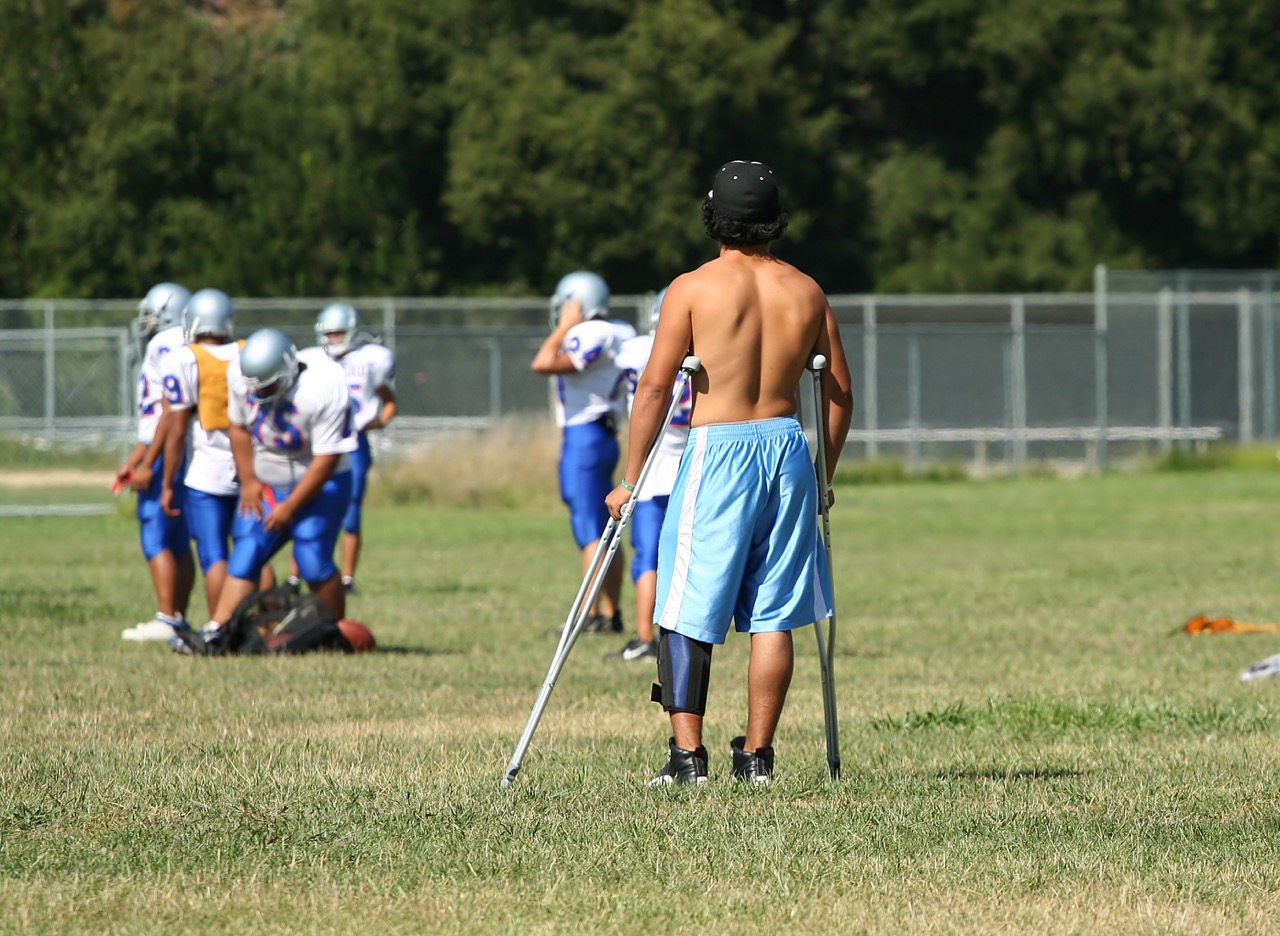May 01, 2024
A-G Administrators is now A-G Specialty Insurance
A-G Administrators is now A-G Specialty Insurance
Jun 11, 2024

Exciting news from the NCAA! The association is rolling out its new Post-Eligibility Insurance Program aimed at giving student-athletes extra coverage after their college sports careers wrap up. If you’re a collegiate athletic trainer, understanding this new sports insurance program is critical. Let’s examine what this means for you and your athletes.
 Starting Aug. 1, 2024, the NCAA’s Post-Eligibility Insurance Program will fill a major gap in coverage for student-athletes once they finish college. This program covers injuries from their time playing for their school and extends that coverage for two years after they graduate or leave. It’s a big deal because it provides support during a critical transition period. The annual premium for this program is projected to cost the NCAA $26 million.
Starting Aug. 1, 2024, the NCAA’s Post-Eligibility Insurance Program will fill a major gap in coverage for student-athletes once they finish college. This program covers injuries from their time playing for their school and extends that coverage for two years after they graduate or leave. It’s a big deal because it provides support during a critical transition period. The annual premium for this program is projected to cost the NCAA $26 million.
Here are some key features:
And good news—it’s available to all NCAA athletes across Divisions I, II, and III.
In January, 2024, the NCAA hosted a convention in Phoenix. NCAA Director of Insurance Liz Schneckenburger led a panel to discuss the program’s impact. Attendees, including athletic trainers, directors, and commissioners, raised several important questions.
Dave Tomchek, program manager at A-G and former athletic trainer, expressed concerns about the added administrative burden on already overworked athletic trainers, especially in smaller programs outside Division I. Schneckenburger acknowledged the need for ongoing conversations to ensure trainers aren’t overwhelmed.
Carrie Gardner, associate athletic director for Christopher Newport University (D-III), asked about differences in policy operations across NCAA divisions. Schneckenburger reassured that while administrative details might vary, the policy’s core implementation would be straightforward.
Questions also arose about mental health coverage. Gardner inquired how mental health issues would be linked to athletic injuries under the policy. The NCAA clarified that mental health claims must stem from documented athletic injuries to be eligible.
The NCAA released an overview in February to bring more clarity to the new sports insurance policy and how it will affect students and college athletic programs.
 This insurance program is a monumental step forward for student-athletes. It offers vital protection against career-ending injuries, giving them peace of mind as they move into their post-college lives. About 67% of former NCAA Division I athletes reported major injuries in their sports careers, with 50% having chronic injuries, which contribute to joint degeneration and reduced quality of life. This safety net helps prevent financial instability due to sudden medical bills, allowing athletes to focus on their careers and personal growth.
This insurance program is a monumental step forward for student-athletes. It offers vital protection against career-ending injuries, giving them peace of mind as they move into their post-college lives. About 67% of former NCAA Division I athletes reported major injuries in their sports careers, with 50% having chronic injuries, which contribute to joint degeneration and reduced quality of life. This safety net helps prevent financial instability due to sudden medical bills, allowing athletes to focus on their careers and personal growth.
Moreover, this extended coverage makes college athletic programs more appealing to recruits. Athletes are more likely to choose programs that show a strong commitment to their long-term health and well-being. Taking this step helps colleges retain talented athletes who feel secure and supported, ultimately boosting team performance and institutional reputation.
Getting the NCAA’s Post-Eligibility Insurance Program up and running at your college involves some planning, but it’s definitely manageable. Here are some tips:
 Want to learn more about the NCAA’s Post-Eligibility Insurance Program and how it can benefit your student-athletes? Get in touch with our sports insurance specialists for a consultation. A-G offers several insurance solutions for colleges. We can help you lower your premium, simplify your insurance claims process, and cover gaps in your existing NCAA insurance coverage.
Want to learn more about the NCAA’s Post-Eligibility Insurance Program and how it can benefit your student-athletes? Get in touch with our sports insurance specialists for a consultation. A-G offers several insurance solutions for colleges. We can help you lower your premium, simplify your insurance claims process, and cover gaps in your existing NCAA insurance coverage.
We also offer resources and webinars to keep you updated on the latest in athlete insurance programs. Don’t miss out on enhancing your athletes’ well-being and securing your program’s future success.
May 01, 2024
Apr 26, 2024
We usually think of heart attacks or sudden cardiac arrest (SCA)—when the heart abruptly loses its normal rhythm and stops beating—as something that happens to older people. After all, heart…
Mar 27, 2024
Sports insurance claims aren’t for the faint of heart. From the administrative burden of keeping track of providers and billing information to multiple phone calls with insurance companies and…
More News & Press can be found in our Archive.


Valley Forge, PA USA
Ph: (610) 933-0800
Fx: (610) 933-4122
Office Hours: M-F 8:30am-6pm EST
A-G has the experience to offer the best custom coverage for every program and the best customer service to ensure a worry-free process for every claim. The nation’s most competitive K-12, collegiate and youth programs Achieve Greatness with A-G!
© 2024 A-G Specialty Insurance, LLC. All rights reserved. | Privacy Policy